Description
Mercedes-Benz W115/W114 Hardcover book (fragment of the text)
In 1961, work began on a new family of mid-range cars under the leadership of Dr. Fritz Nallinger, Mercedes-Benz chief engineer, member of the board and technical director of Daimler-Benz AG. Karl Wilfert, chief of the body department, was responsible for the new model’s technical concept, and Paul Bracq developed the design with Bruno Sacco.
French designer Paul Bracq headed the Daimler-Benz design studio in Sindelfingen for 10 years. His most famous work is the Mercedes-Benz SL coupé, nicknamed “Pagoda” for the characteristic shape of its roof.
Initially, it was assumed that the new model would be different from the company’s other cars. Therefore, it was decided to abandon the classic “box-type” body, when the front, rear, and central parts of the body were independent elements. The idea was that all the body elements complement each other, creating a consistent image.
The first result of developments in this direction was the W108 luxury sedan, which debuted in 1965, and a new generation of mid-range cars with the indices W115 (4-cylinder engine) and W114 (6-cylinder engine) was planned for 1968.
At its debut, the company called the new model “Die neue Mercedes-Benz Generation” – the new generation of Mercedes- Benz. But this designation was too long. Therefore, in order to distinguish this 200 model (W115) from its predecessor 200 (W110), the new one was assigned the index 220/8 (Strich Acht in German, or Stroke Eight), where the number 8 denoted the debut year, 1968.
It was assumed that the new model would be more compact than the flagship, but at the same time quite spacious inside with an elegant exterior.
By 1964, the first features of the future car began to emerge. The main discussio was around the design of its front part.
There was an opinion that the versions with 4- and 6-cylinder engines should differ visually: it was originally planned that the 4-cylinder version would have a simplified design with horizontally positioned rectangular headlights.
But at the beginning of 1965, the final decision was made to abandon this differentiation between the 115 and 114 models.In the same year, the project’s management was transferred to Professor Hans Scherenberg after Nallinger retired.
In addition to the sedan, three more body variations were developed: a coupé, a long-wheelbase sedan, and a station wagon. But then the station wagon was abandoned, and the developmentswere embodied in the next generation of the W123. In 1967, work began on creating production facilities at the Sindelfingen plant.
During extensive testing of the new family, a total of 1,100 prototypes were manufactured! The Mercedes-Benz Stroke Eight was presented to the press in January 1968, and the public display was timed to coincide with the prestigious Geneva Motor Show in March that year.
As part of the presentation, six modifications of the new W114/115 family were presented to the exhibition visitors all at once. The 200 and 220 models were equipped with a new 4-cylinder carburetor gasoline engine.
The first had a 2-liter volume and 95 hp, and the second 2.2 liters and 105 hp. The diesel versions of 200 D and 220 D had volumes of 2 and 2.2 liters and 55 and 60 hp, respectively.
6-cylinder sedans (W114) were presented in the 230 versions, with a 2.3-liter 120-hp engine, as well as in the top 250 modification with a 2.5-liter 130 hp engine.
The new model had harmonious shapes and clean lines. The company’s designers and engineers worked marvelously: they managed to create a car that differed from the larger premium W108/109 family, but at the same time maintained the continuity of generations and brand recognition.
Read the continuation of Mercedes-Benz W115/W114 story in the book.
Other books about history of Mercedes:




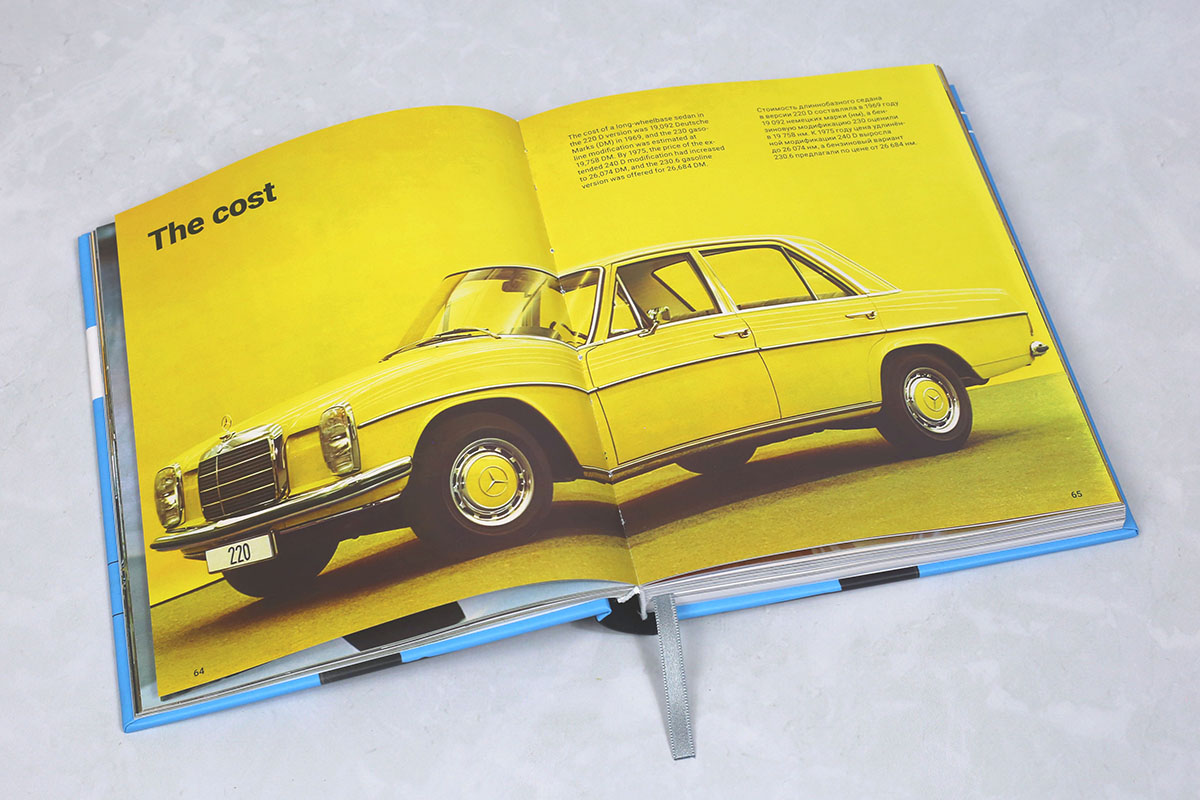


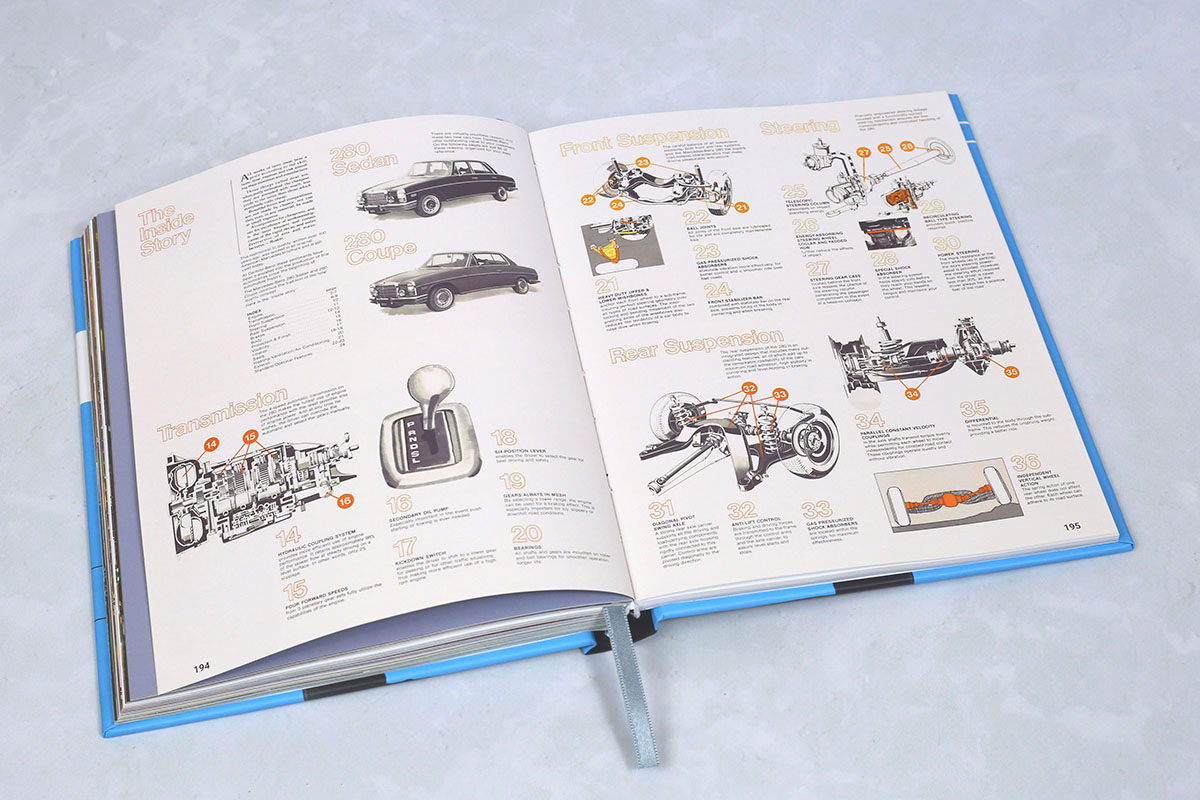


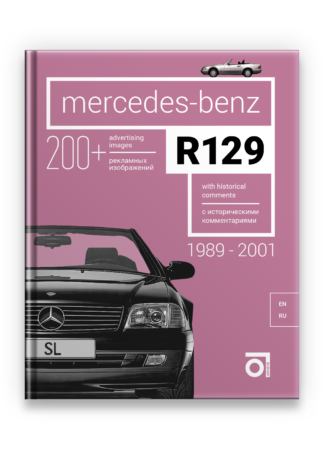
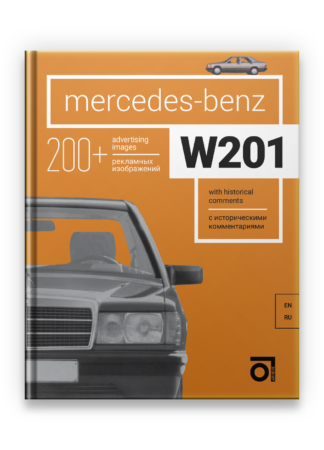
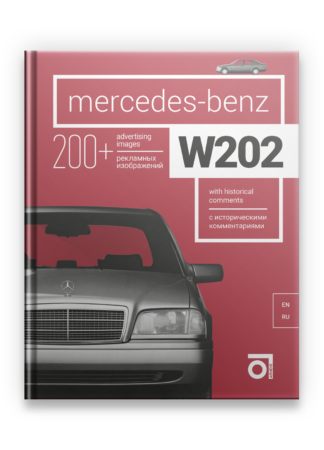

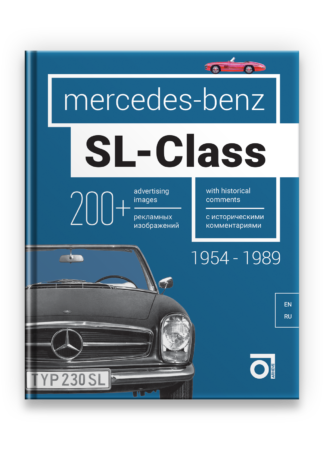

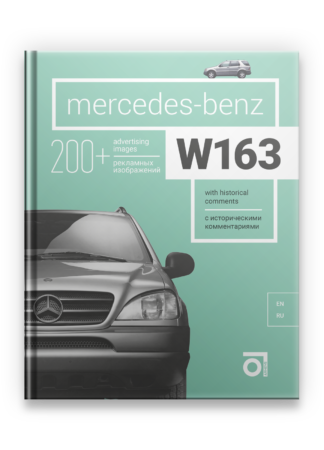
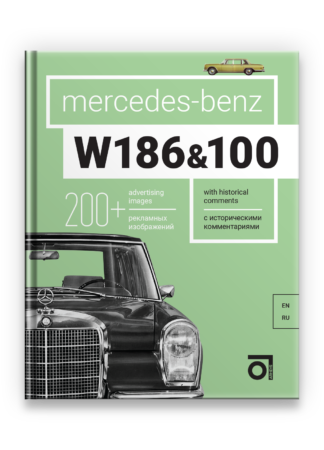

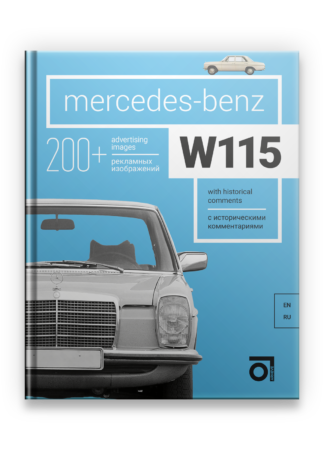
Reviews
There are no reviews yet.